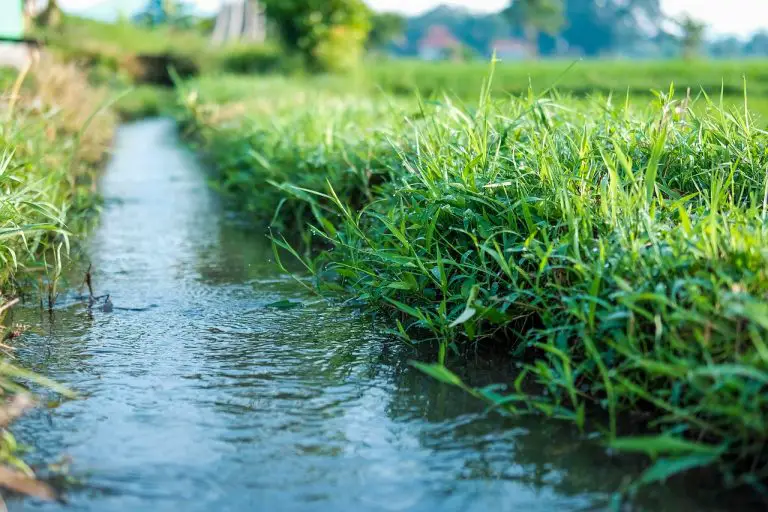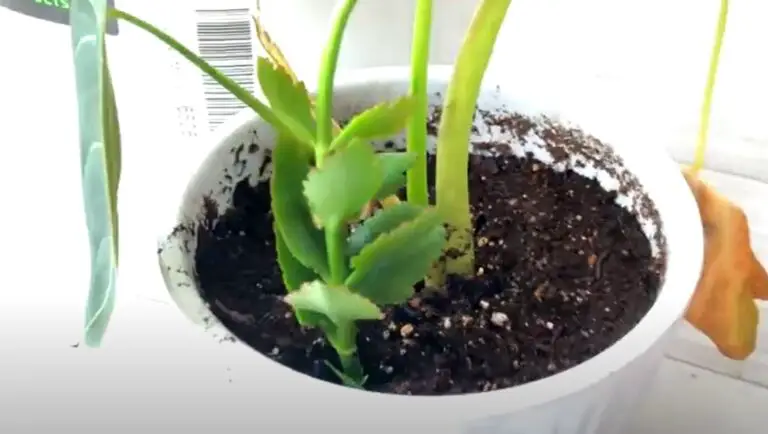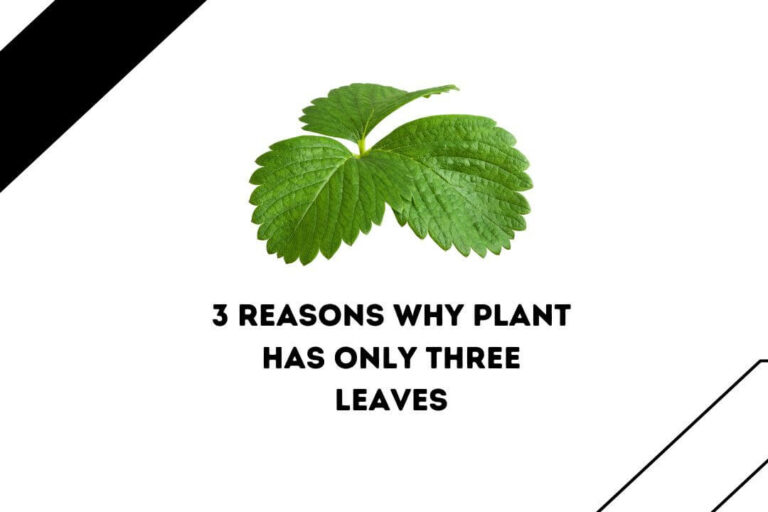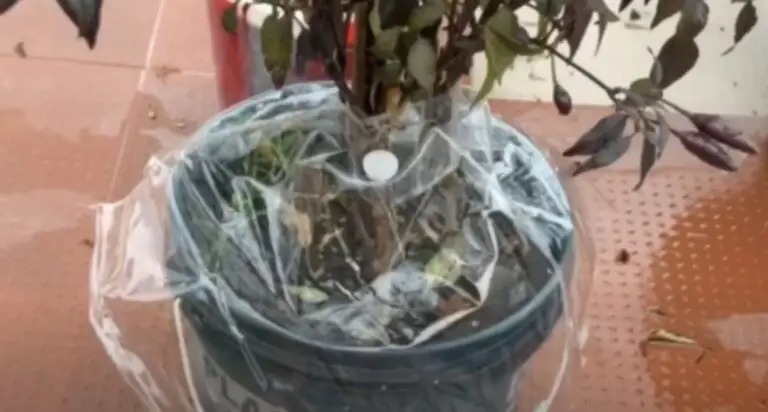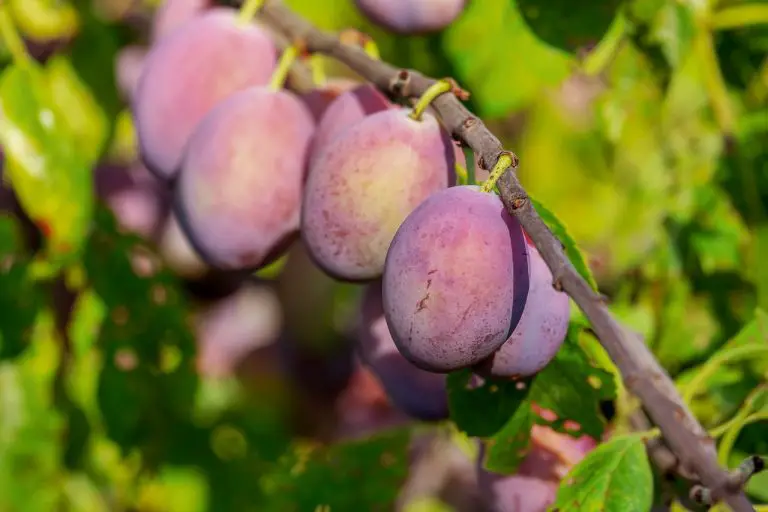As an avid gardener, I will talk about a fascinating topic for all gardening enthusiasts. In this article, we will compare the use of honey vs molasses for plants as natural sweeteners.
As you know, organic gardening is becoming increasingly popular; you must also consider switching to natural alternatives from traditional fertilizers & pesticides. In terms of organic gardening, honey, and molasses for plants come in as both are sweet, sticky substances high in nutrients, making them great for most plant growth.
So without wasting any more minutes, let’s take a quick look at the differences between honey and molasses, their benefits, and how to use them effectively in your garden. But let’s first understand what honey and molasses are.
Using Honey For Plants
Honey is a sweet, viscous substance produced by bees from the nectar of flowers. It contains a range of nutrients and minerals that are beneficial for us and plants. Since honey is a natural antibacterial and antifungal agent, you can use it to protect your plants from diseases and insect infestations.
In addition to antifungal and antibacterial agents, honey is also high in antioxidants, which can help plants fight off free radicals. When it comes to using honey in gardening, you can use it in several ways.
Many people usually apply honey directly to the plant soil, where it gradually releases its nutrients and promotes healthy root growth. However, I typically mix honey with water to create a nutrient-rich solution that can be sprayed on my plants.
Depending on your preference and plant need, you can use honey to improve soil quality and increase plant yield and growth.
Many types of research have shown and proven that honey enhances the overall development of plants like tomatoes, cucumbers, and peppers, among others plants. As per the University of Hawaii, Honey acts as an alternative rooting stimulant for cuttings
Using Molasses For Plants
I hope you already know what exactly Molasses is. If not, molasses are a by-product of sugar production derived from sugarcane or sugar beets. It is usually a thick, dark substance high in nutrients like iron, calcium, & magnesium.
As per Oaksterdam University, plants also need energy for proper growth and yield; molasses is a good carbohydrate source. You can use molasses as a soil amendment or a foliar spray in gardening. If you apply molasses directly to the soil, it will improve soil structure and fertility.
It also helps stimulate the growth of beneficial microbes. I often like to use molasses as a foliar spray to provide my plants with a quick source of energy required in the growing season, helping them grow and produce fruit more quickly.
Honey vs Molasses: Which One is Better for Plants?
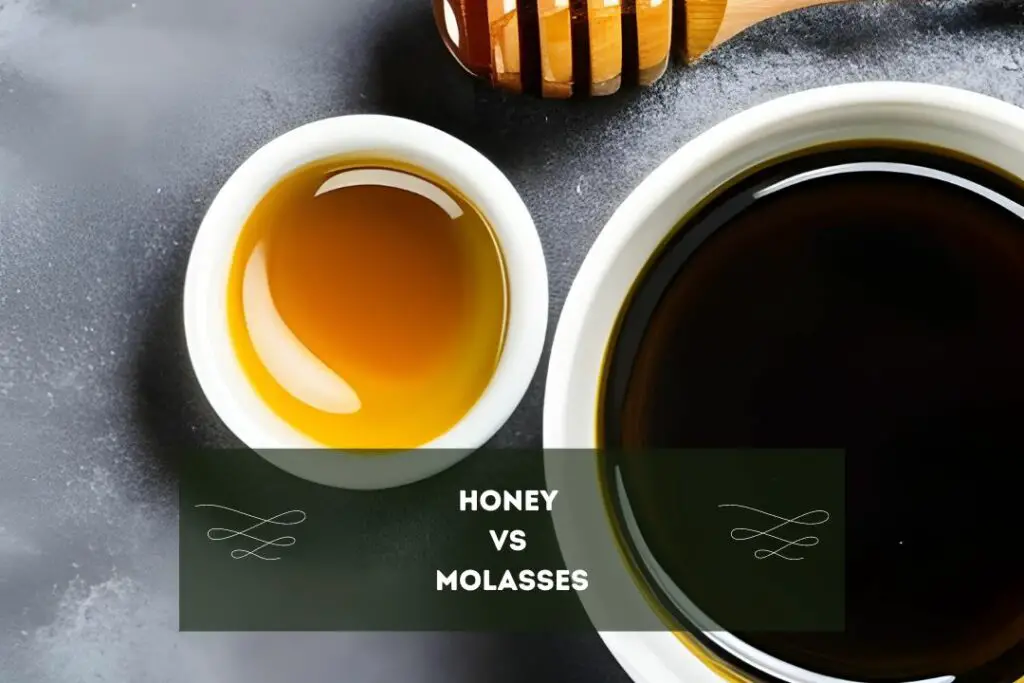
When it comes to gardening, Both honey and molasses have their benefits. On one side, honey acts as a natural antibacterial or antifungal agent, making it create for preventing diseases in plants. Plus, it also contains a lot of antioxidants which usually help plants to fight off free radicals. On the other hand,
Molasses tend to be rich in nutrients like calcium, magnesium, and iron, which are essential for plant growth. It also contains natural carbohydrates that are much required for plants in a growing season for energy. Therefore, choosing between honey and molasses can be confusing.
In most cases, it depends on what you want to achieve in your garden. If you want to prevent disease and promote healthy root growth, honey might be the better choice.
But if you’re looking to improve soil fertility and provide your plants with a quick energy boost, molasses is the right way to go. If you want to provide natural fertilizer or amendment to the soil in the growing season, you can also use honey and molasses as a combination.
Honey And Molasses Combinations
I often like to use honey and molasses together to form a powerful nutrient booster that promotes my healthy plant growth while improving its soil fertility. Hence, you can also go with this and avoid choosing between honey and molasses.
To mix honey and molasses for plant use, you need to add one tablespoon of each (Honey & Molasses) to a gallon of water and stir well. After that, you can use it as a foliar spray and apply it directly to plants. Or this can also be poured directly onto the soil because this will act as a slow-release fertilizer.
Few studies have discussed the benefits of using honey and molasses in agriculture. It helps promote soil microorganisms essential to break down organic matter, leading to improved soil structure, fertility, and water-holding capacity.
When mixed with molasses, the sugar content in the honey will provide the energy for the microorganism to enhance your plant growth and nutrient uptake. Suppose you use a honey and molasses combination as a foliar spray.
In that case, you will also provide a good source of carbohydrates for plants, which will ultimately enhance photosynthesis and promote the production of secondary metabolites like flavonoids and phenolic compounds.
These compounds carry antioxidant properties and protect plants against environmental stresses like UV radiation and pathogen attacks. However, it’s important to note that excessive use of these sugars can also lead to imbalances in soil nutrients and attract unwanted pests.
I recommend using them in moderation and with other soil amendments and fertilizers for better results. Here is how to use honey and molasses in gardening.
Related Articles
How to Use Honey and Molasses in Gardening?
There are many methods to apply honey and molasses in gardens. You can use them as a foliar spray, as discussed earlier, or as a soil drench. You can also use them as a root dip.
- As A Foliar Spray: You must mix the honey and molasses in water and spray them on the plant leaves.
- As A Soil Drench: You can always pour the mixture directly onto the soil around the plant.
- As A Root Dip: When Transplanting, you can dip the roots of your plant in the mix before repotting it.
How Much Honey and Molasses to Use for Different Plants?
The appropriate amount will differ depending on the type of plant you’re growing and its growth stage. Generally, you should use less honey and molasses for seedlings and more for mature plants. As a general rule of thumb, you can use one tablespoon of honey and one tablespoon of molasses per gallon of water.
When to Apply Honey and Molasses?
I prefer applying honey and molasses to my plants throughout the growing season. However, using them during the vegetative and early flowering stages is best. You can also apply them during your plant’s fruiting stage, which will result in a sweeter taste but may also attract more pests.
5 Tips for Using Honey and Molasses Effectively in Gardening
- Firstly, you should start with small amounts, such as one tablespoon per gallon of water, and gradually increase the dosage as needed. Avoid using too much honey or molasses, as it will lead to excessive bacterial growth in the soil, ultimately harming your plants.
- You must always use high-quality honey and molasses to avoid contamination and ensure the best results. It’s better to go with raw honey and unsulphured molasses free from additives, preservatives, and other chemicals. I like to choose products that are labeled as organic or non-GMO.
- Please be aware that exposure to heat and moisture can cause honey and molasses to spoil. So, storing them in a calm but dry place like the cupboard or pantry is better.
- Make sure you are not using honey and molasses alone. You must use them with other fertilizers to create a balanced nutrient mix: Honey and molasses are rich in nutrients but do not contain all the nutrients that plants need to thrive. I’ll advise you to mix them with other organic fertilizers like compost or worm castings to create a balanced nutrient mix.
- As I told you earlier, honey and molasses can be applied as foliar spray or soil drench. Therefore, consider using them as a spray in the growing season to keep up with their energy needs. It would be best to use them as a soil range during the flowering/fruiting stage but in small amounts with other balanced fertilizers.
Conclusion
I tried my best to give you all the information you need regarding the difference between honey and molasses for plants. In this article, I have given you all the benefits you can provide by using honey or molasses for gardening.
It is essential to add other fertilizers because molasses or honey alone will only fill some of your plant’s nutritional needs. It is advised to mix them with other balanced fertilizers or amendments.
You should also use both ingredients moderately because too much of them can harm your plant. If you like this article, then consider sharing it.
Your share will help many people learn the importance of these organic soil amendments that plants can receive during the growing season. Do check our other helpful guide on plant care and management. See you in the next post, till then, take care and goodbye.


